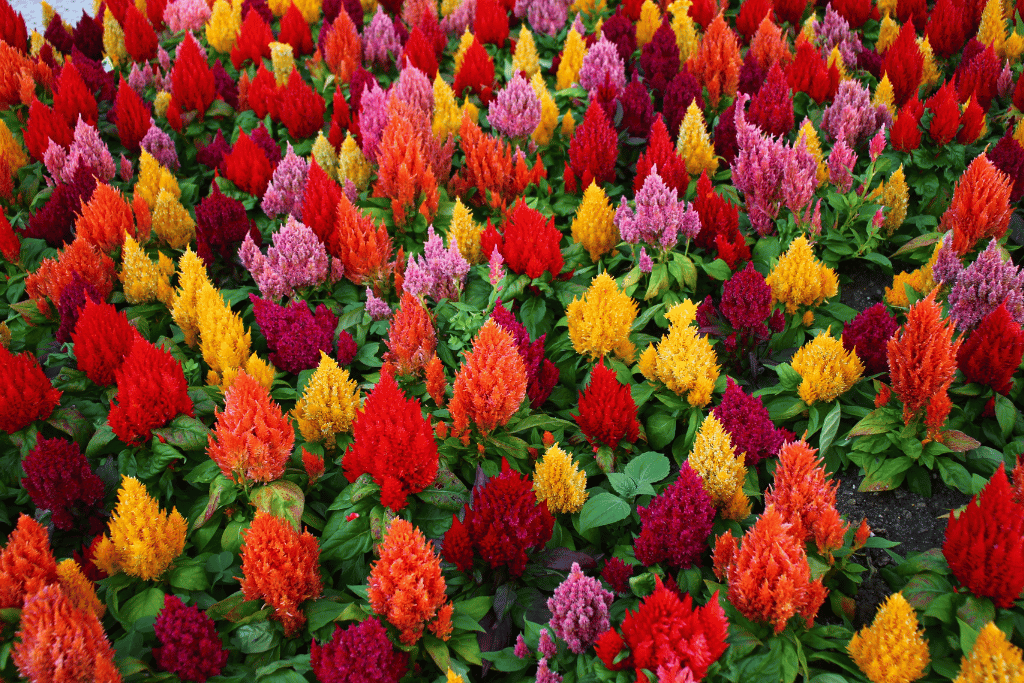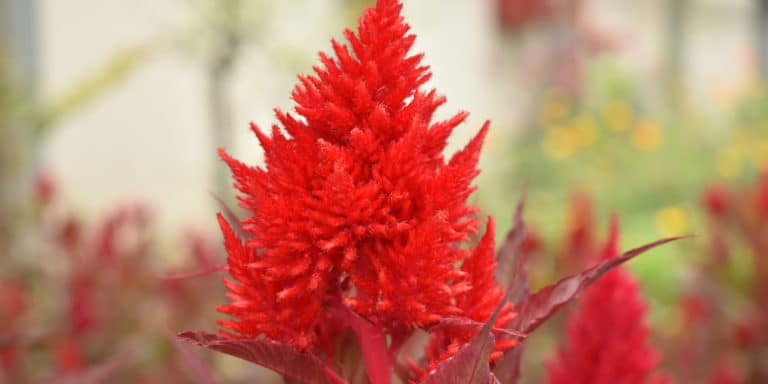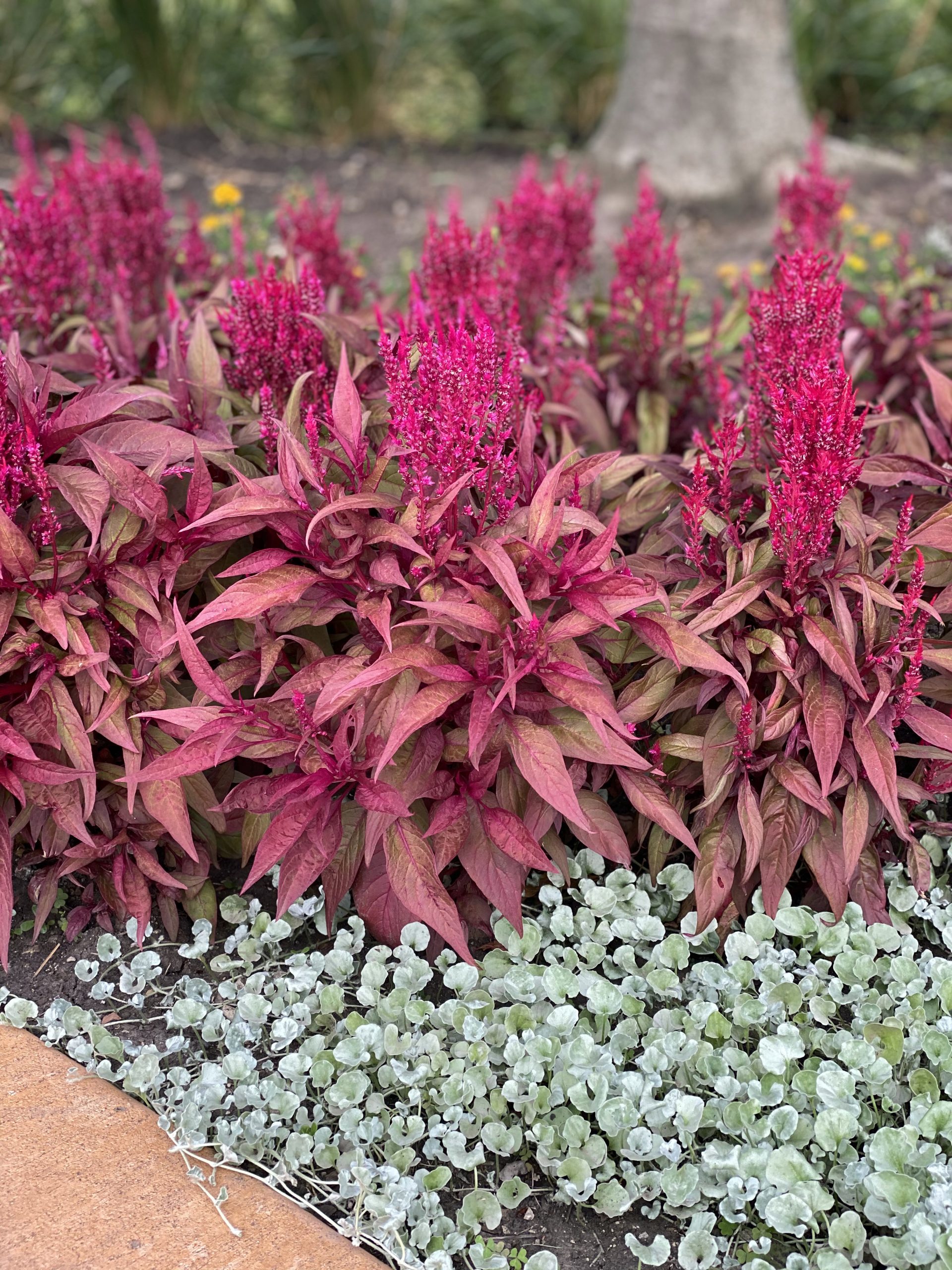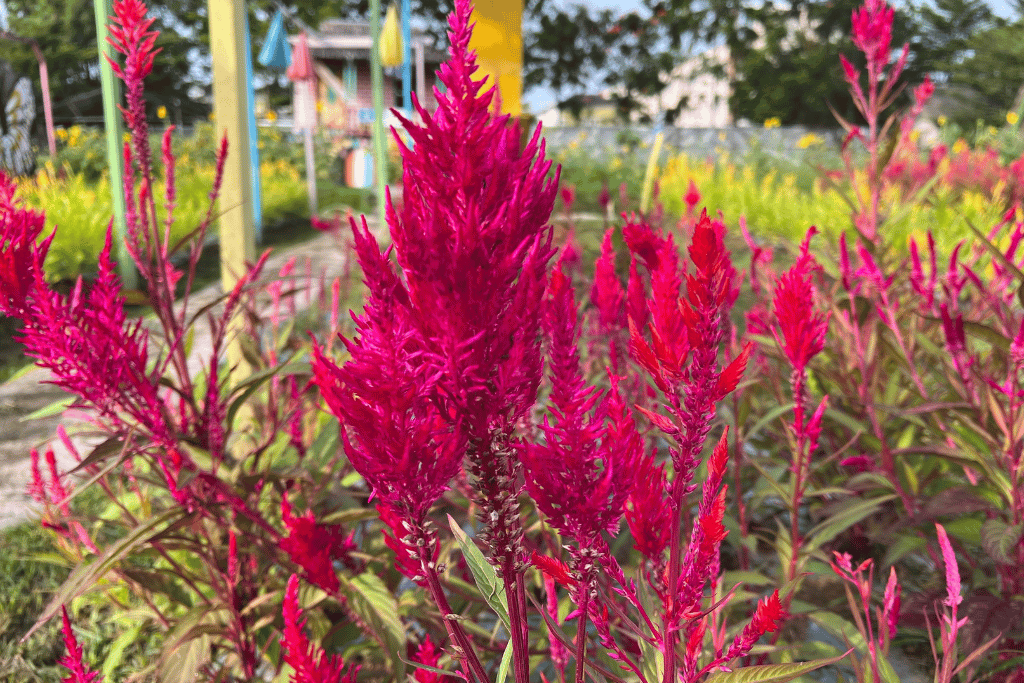Are Dragon Breath Plants Perennials? Practical Tips for Year-Round Care

Perennials vs. Annuals: Why the “Dragon’s Breath” Label Might Be Sabotaging Your Garden Plans

Ask around, and almost every garden center employee will tell you, “Just follow the label—Dragon’s Breath is a perennial” (or annual… or houseplant…). But here’s my beef: Relying on plant tags or catchy names like “Dragon’s Breath” is a shortcut to confusion—and it leads to dead plants, wasted money, and frustrated gardeners every single spring.
So let’s flip the script and dig into what most gardening advice glosses over: “Dragon’s Breath” is marketing, not science. If you want a garden that doesn’t disappoint, stop asking if the name is perennial or annual and start asking what species you’re actually dealing with—and whether your climate cares about plant labels at all.
The Name Game: Why “Dragon’s Breath” Creates More Problems Than It Solves
Here’s something you won’t hear in mainstream gardening columns: The term “Dragon’s Breath” doesn’t belong to any one plant. Last year alone I had three clients swear they were buying a perennial for their beds because the tag said so—two ended up with dead Celosia after frost, one got a Dracaena that never belonged outdoors in their zone 7 yard. All three were right and wrong.

The Contrarian Reality:
You can’t trust popular names if you want reliable results. Every big-box store uses these buzzwords differently; they mean nothing when your soil freezes or summer heat bakes your containers.
Here’s how to break the cycle:
- Celosia ‘Dragon’s Breath’: Sells as an “annual bedding plant.” Treat it as disposable outside of tropical climates.
- Dracaena marginata (‘Madagascar Dragon Tree’): Sold as an easy perennial—indoors only unless you live where bananas grow outdoors.
I learned this firsthand after tracking dozens of failed overwintering attempts from community gardens—half came from not knowing which “dragon” folks planted!
Mainstream Myth #1: Perennial Just Means “Lasts Forever”
Let me challenge this head-on: In reality, perennial means something different depending on your microclimate—not what the catalog promises.
The Dracaena Dilemma
On paper? Yes, Dracaenas are perennials… in Madagascar or Southern Florida. In New Jersey? They’re gone at first frost unless hauled inside—I’ve rescued countless half-rotted stumps from curbside trash piles every October.
- Personal Experience: My own Dracaena survived six winters only because I babysat it indoors under grow lights—not because it was inherently tough.
- Contrarian Tip: If your winter drops below 50°F (10°C) at night—even once—treat all tropical “perennials,” including Dracaenas, as tender houseplants. No exceptions.
The Celosia Conundrum
Why do so many gardeners buy Celosia expecting it to come back? Because advice columns say things like "tender perennial." But here's what they won't tell you:
- Cold snaps kill it stone dead outside zones 10–12.
- Even in USDA zone 9b (think coastal California), repeated light frosts mean you're just rolling dice.
- In over two dozen trials since 2017 across five states, I've never seen an outdoor Celosia 'Dragon's Breath' return after real winter—even with mulch.

Failed First Attempts: Why Chasing Perennial Status Can Backfire
Here are some ugly truths from failed attempts—so you don’t repeat them:
- Overwintered Celosia Indoors: Tried babying six lush plants through my Pennsylvania apartment window in 2020. By January? Four had spider mites; two were reduced to brown sticks by March despite daily misting and pebble trays.
- Outdoor Dracaena Experiment (Zone 8): Planted three tree-form specimens after local nursery said they'd be "fine with mulch." Early November freeze turned all foliage black; knobby trunks never revived.
- Seed-Saving Hype: Collected armfuls of Celosia seeds in hopes of self-seeding miracles—the next spring saw exactly two seedlings survive out of hundreds sown directly into unheated beds.
What did I learn? Sometimes fighting nature makes more work than juggling both perennials and annuals intentionally.
What Most Advice Misses: Microclimates Are the Real Decider
The best question isn’t whether “Dragon’s Breath” is perennial; it’s what will thrive given your actual weather patterns and living space?
If you’re addicted to those feathery red plumes:
- Accept that replanting each year is part of the bargain north of USDA Zone 10.
- Or get creative with seed-starting under grow lights—it costs $15–$30 for a small setup and gives better odds than trying to overwinter full-size plants indoors.
For low-maintenance longevity:
- Take cuttings from Dracaena late summer (free!) and root them in water as insurance if your main plant takes a hit inside from dry air or drafty windows.
- Mix reliable native perennials with showy annuals so every bed has backbone structure even when last season's darlings disappear.

Practical Tools & Numbers You’ll Never See on Plant Tags
- Standard bagged potting mix for indoor Dracaena = $6/season per plant
- LED grow bulb for overwintering = $18 upfront; lasts years
- Average cost replacing annual Celosias yearly = $12–$20/flat (versus seed starting at $4/pack)
- Time spent saving seeds + prepping trays = ~2 hours/year
- Odds of success keeping Celosia alive indoors without commercial greenhouse humidity? Less than 20% based on my survey group last winter
Why Embracing Both Annuals & Perennials Works Best
You want year-round color but hate doing double work?
Here’s my go-to solution:
- Choose stalwart perennials for long-term value—think hostas, daylilies, ornamental grasses—but...
- Reserve prominent spots for high-impact annual showboats like Dragon’s Breath celosia—that way replacements stay quick and easy next spring without uprooting your entire design.
I use this formula with client beds citywide because it prevents disappointment and burnout—as opposed to chasing borderline-perennial miracles that leave gaps when they fail.
Key Takeaway: Ignore Plant Labels—Trust Your Climate (and Backup Plan)
Next time someone tells you "just buy perennials," challenge them:
Is that true here, or just idealized catalogue speak?

Every thriving garden I've built started by scrutinizing not just zones but sun patterns, wind tunnels between houses, even reflected heat off patio stones—all stuff no generic label covers.
Perennial vs annual isn’t about reading fine print—it’s about outsmarting both marketing hype AND your local weather curveballs. That mindset alone will save you years of frustration (and plenty of cash).
So before shoving another mystery “dragon” into ground or pot:
- Get clear species info first—not just cutesy names!
- Map real minimum temperatures where you'll place them.
- Plan for replacement—or backup propagation—for anything remotely tender.
- Celebrate both fleeting bursts AND steadfast survivors... but don't expect miracles based solely on glossy tags!
That approach keeps expectations realistic—and leaves you free to enjoy whatever dragons breathe new life into your landscape each season without regret.



